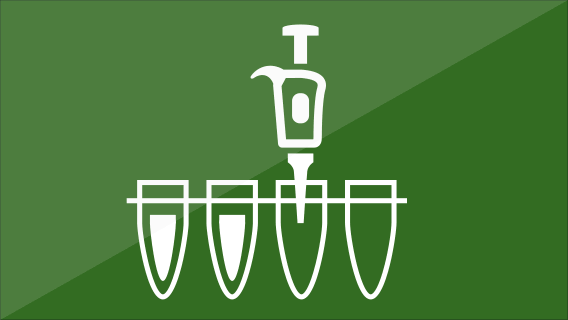Curricula
 Micropipetting II: Setting the Volume
Micropipetting II: Setting the Volume
This lesson follows “Micropipetting I: Carbonation Investigation.” In this one to two day lesson, students complete their micropipetting training by learning how to read and set the volume of P20, P200, and P1000 micropipettes. In the lab portion, they first test their precision by pipetting specified volumes onto a laminated sheet. They then deepen their practice by completing “Roy, Gee, and Biv’s Challenge” to create a mystery pattern by following specific steps to transfer red, yellow, and blue dyes.
In the online version of this lesson, students learn about micropipetting by engaging with a series of videos and simulations and practice reading the volume settings on different sized micropipettes.
Learning Objectives
- Read and set the volume of P20, P200, and P1000 micropipettes
- Accurately and precisely measure small volumes using micropipettes
Prior Knowledge
- Mechanics of using a micropipette (see “Micropipetting I: Carbonation Investigation”)
- Metric scale for volumetric units (liter, milliliter, and microliter)
In order to access any Curriculum resource, please or if you haven't already done so.
Crosscutting Concepts:
Scale, Proportion and Quantity
In order to access any Curriculum resource, please or if you haven't already done so.


